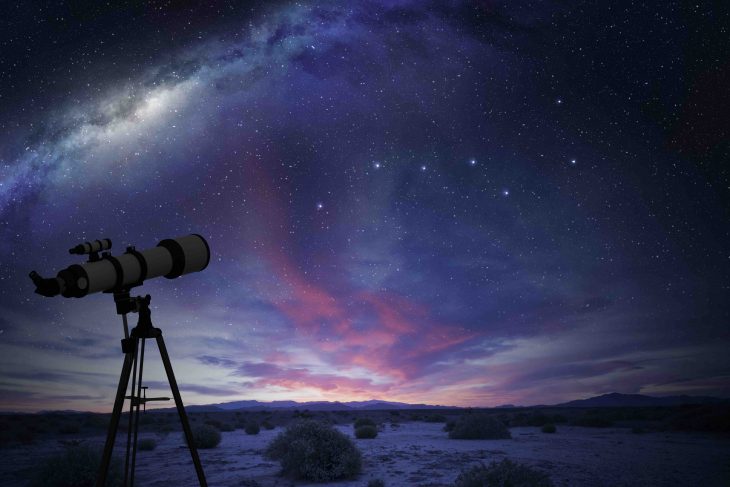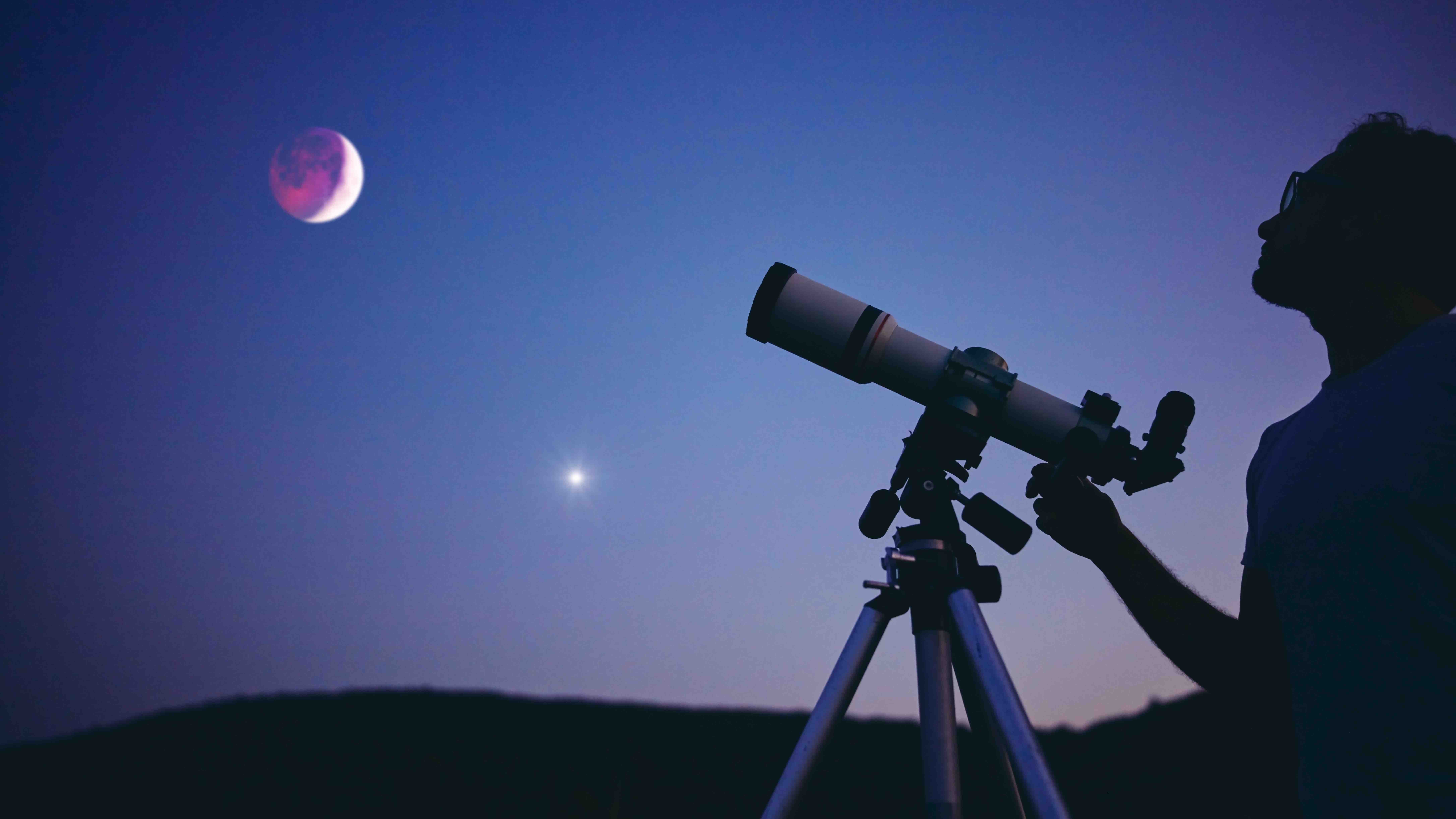
Telescopes have long been our portals to the vast expanse of the universe, allowing us to glimpse distant galaxies, sparkling stars, and awe-inspiring celestial phenomena. In this article, we will embark on a journey of discovery as we unravel 15 intriguing facts about telescopes. From their humble beginnings to the revolutionary advancements of modern times, these remarkable instruments have continuously expanded our knowledge and kindled our fascination with the cosmos.
The Birth of the Telescope
In the early 17th century, the telescope was invented by Dutch mathematician and astronomer, Hans Lippershey. Lippershey’s creation consisted of a convex objective lens and a concave eyepiece, which provided a magnified view of distant objects.
The Pioneering Work of Galileo Galilei
Italian scientist Galileo Galilei played a crucial role in advancing telescope technology during the early 1600s. Galileo’s telescopes featured improved magnification and clarity, enabling him to observe celestial wonders such as the Moon’s craters, Jupiter’s moons, and Saturn’s rings.
Refracting Telescopes: Revealing the Beauty of the Cosmos
Refracting telescopes employ lenses to gather and focus light, allowing us to explore both celestial and terrestrial objects. These telescopes utilize an objective lens to capture incoming light and an eyepiece lens to magnify the image for observation.
Reflecting Telescopes: Unveiling the Secrets of the Universe
Reflecting telescopes employ mirrors to gather and focus light, offering a unique perspective of the universe. The primary mirror collects incoming light and reflects it to a secondary mirror, which in turn directs the light to an eyepiece or detector.
The Largest Telescope in the World
The Gran Telescopio Canarias (GTC), located in Spain’s Canary Islands, currently holds the title of the world’s largest single-aperture optical telescope. With a mirror diameter of 10.4 meters (34 feet), the GTC provides astronomers with an extraordinary tool for studying the universe.
Radio Telescopes: Listening to the Universe’s Whispers
Radio telescopes are instrumental in studying celestial objects and phenomena by detecting radio waves emitted from space. They capture and amplify these radio signals, allowing scientists to analyze cosmic microwave background radiation, pulsars, quasars, and more.
The Hubble Space Telescope: A Visionary Observatory

Launched into space in 1990, the Hubble Space Telescope (HST) has revolutionized our understanding of the universe. The HST has captured breathtaking images and made groundbreaking discoveries, including the age of the universe, the existence of dark energy, and the formation of galaxies.
Adaptive Optics: Sharpening Astronomical Vision
Adaptive optics is a technology used to counteract the blurring effects of Earth’s atmosphere on telescope observations. By analyzing atmospheric turbulence and making real-time adjustments to the telescope’s mirror, adaptive optics enhances image quality and allows for clearer views of celestial objects.
Space-based vs. Earth-based Telescopes
Space-based telescopes, like the Hubble Space Telescope, are located beyond Earth’s atmosphere, enabling them to capture images with unprecedented clarity. Earth-based telescopes, despite atmospheric distortion, have the advantage of being easier to maintain and upgrade, allowing for ongoing scientific research.
Infrared Telescopes: Illuminating the Invisible
Infrared telescopes detect infrared radiation, which is emitted by celestial objects and reveals information that is invisible to the human eye. By studying infrared light, astronomers can explore phenomena such as star formation, planetary atmospheres, and distant galaxies.
X-ray Telescopes: Peering into the High-Energy Universe
X-ray telescopes detect high-energy X-ray radiation, providing crucial insights into phenomena such as black holes, neutron stars, and supernovae. These telescopes utilize specialized mirrors and detectors to capture and analyze X-rays emitted by celestial objects.
Telescopes in Space: Exploring Beyond Earth’s Limits
Telescopes placed in space offer a unique advantage as they are not affected by Earth’s atmosphere, allowing for clearer observations. Space telescopes, including the Chandra X-ray Observatory and the Spitzer Space Telescope, have opened new windows into the mysteries of the cosmos.
Telescopes in Antarctica: A Chilling Quest for Cosmic Clues
Antarctica serves as an ideal location for telescopes due to its stable atmosphere, low humidity, and extended periods of darkness. Telescopes, such as the South Pole Telescope, take advantage of Antarctica’s extreme conditions to study cosmic microwave background radiation and explore the early universe.
The James Webb Space Telescope: Peering into the Past
Scheduled for launch in 2021, the James Webb Space Telescope (JWST) is poised to become the most powerful space telescope ever built. The JWST will observe the universe in infrared light, helping scientists uncover the first galaxies, study exoplanet atmospheres, and unravel the mysteries of our cosmic origins.
Citizen Science and Telescopes: Uniting Amateurs and Professionals

Citizen science projects, such as the Zooniverse platform, engage enthusiasts in contributing to real scientific research using telescopic data. By harnessing the collective power of amateur astronomers worldwide, these projects facilitate the discovery of new celestial objects and enable scientific breakthroughs.
Final Thoughts
Telescopes have been instrumental in expanding our understanding of the universe, unveiling its wonders, and fueling our curiosity. From the pioneering works of Galileo Galilei to the revolutionary capabilities of space-based observatories like the Hubble Space Telescope, these remarkable instruments have transformed our perception of the cosmos. As technology continues to evolve, telescopes will undoubtedly continue to provide us with new insights and breathtaking discoveries.
Frequently Asked Questions (FAQs)
What is the most famous telescope in the world?
The Hubble Space Telescope is widely regarded as the most famous telescope due to its stunning images and groundbreaking discoveries.
How do telescopes work?
Telescopes work by collecting and focusing light, allowing us to observe distant objects with greater clarity and magnification.
Can telescopes see planets?
Yes, telescopes can observe planets within our solar system and beyond. They reveal details such as the surface features, moons, and atmospheric conditions of planets.
Are telescopes only used by professional astronomers?
No, telescopes are also used by amateur astronomers, stargazers, and enthusiasts who enjoy observing celestial objects as a hobby.
Can telescopes see the past?
Telescopes indirectly allow us to see the past by capturing light that has traveled across vast distances before reaching Earth. This light reveals objects as they existed in the past, sometimes millions or billions of years ago.
Was this page helpful?
Our commitment to delivering trustworthy and engaging content is at the heart of what we do. Each fact on our site is contributed by real users like you, bringing a wealth of diverse insights and information. To ensure the highest standards of accuracy and reliability, our dedicated editors meticulously review each submission. This process guarantees that the facts we share are not only fascinating but also credible. Trust in our commitment to quality and authenticity as you explore and learn with us.
